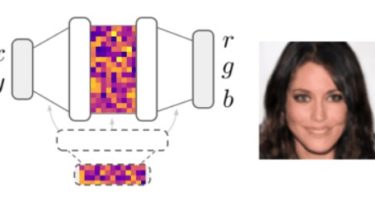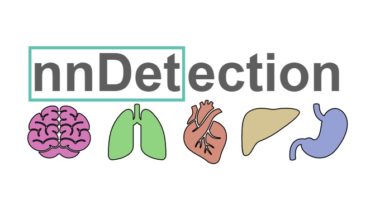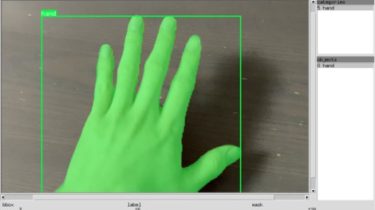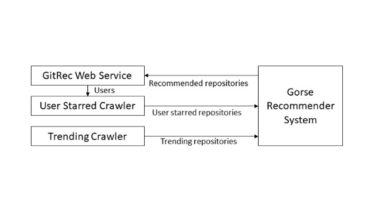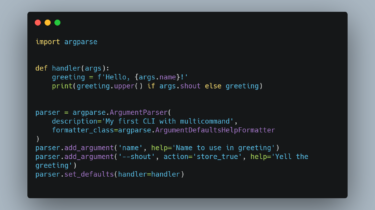Pytorch implementation of Generative Models as Distributions of Functions
Generative Models as Distributions of Functions This repo contains code to reproduce all experiments in Generative Models as Distributions of Functions. Requirements Requirements for training the models can be installed using pip install -r requirements.txt. All experiments were run using python 3.8.10. Training a model To train a model on CelebAHQ64, run python main.py configs/config_celebahq64.json Example configs to reproduce the results in the paper are provided in the configs folder. Note that you will have to provide a path to […]
Read more